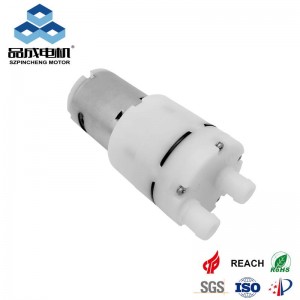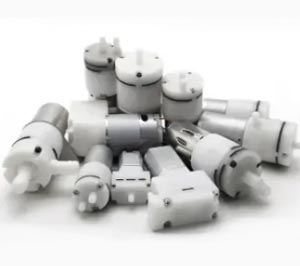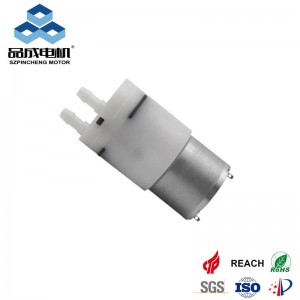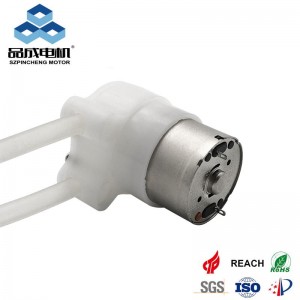Diaphragm pumps are a type of positive displacement pump that utilize a flexible diaphragm to move fluids. They are widely used in various industries due to their ability to handle a wide range of fluids, including corrosive and viscous substances. In this article, we will explore the working principle of diaphragm pumps, their components, advantages, and common applications.
What is a Diaphragm Pump?
A diaphragm pump is a mechanical device that uses a diaphragm to create a vacuum and pressure difference, allowing the pump to draw in and expel fluids. This design makes diaphragm pumps particularly effective for applications requiring precise flow control and the ability to handle various fluid types.
Working Principle
The working principle of a diaphragm pump can be broken down into several key steps:
-
Diaphragm Movement: The diaphragm, typically made of rubber or another flexible material, is connected to a drive mechanism, which can be pneumatic, hydraulic, or electric. As the drive mechanism operates, it moves the diaphragm up and down.
-
Creating a Vacuum: When the diaphragm moves upward, it creates a vacuum in the pump chamber. This vacuum allows atmospheric pressure to push fluid into the chamber through the inlet valve.
-
Fluid Intake: As the diaphragm reaches its highest point, the inlet valve closes, sealing the fluid inside the pump chamber. The diaphragm then begins to move downward.
-
Pressurizing the Fluid: As the diaphragm moves downward, it decreases the volume of the pump chamber, increasing the pressure of the fluid inside. This pressure forces the fluid out through the outlet valve.
-
Fluid Discharge: The outlet valve opens, allowing the pressurized fluid to flow out of the pump. Once the diaphragm reaches its lowest point, the outlet valve closes, and the cycle repeats.
Components of a Diaphragm Pump
Diaphragm pumps consist of several essential components:
- Diaphragm: The flexible membrane that moves to create pressure and vacuum.
- Pump Chamber: The space where the fluid is contained and moved.
- Inlet and Outlet Valves: One-way valves that control the flow of fluid into and out of the pump.
- Drive Mechanism: The system that powers the diaphragm's movement, which can be pneumatic, hydraulic, or electric.
- Frame: The structure that supports the pump and houses its components.
Advantages of Diaphragm Pumps
Diaphragm pumps offer several benefits, including:
- Versatility: They can handle a wide variety of fluids, including corrosive, viscous, and shear-sensitive fluids.
- Self-Priming: Diaphragm pumps can create a vacuum, allowing them to self-prime and operate in various orientations.
- Leak-Free Operation: With no dynamic seals, diaphragm pumps minimize the risk of leaks, making them suitable for hazardous materials.
- Low Maintenance: Their simple design and fewer moving parts lead to lower maintenance requirements compared to other pump types.
Common Applications
Diaphragm pumps are used in various industries, including:
- Chemical Processing: For transferring corrosive and hazardous fluids.
- Water Treatment: For dosing chemicals and handling sludge.
- Food and Beverage: For transferring viscous products like sauces and creams.
- Pharmaceuticals: For accurate dosing and transfer of sensitive liquids.
Conclusion
Diaphragm pumps are a reliable and efficient solution for various fluid transfer applications. Their unique working principle, combined with their versatility and safety features, makes them an ideal choice for industries handling challenging fluids. Understanding how diaphragm pumps work can help businesses select the right pump for their specific needs, ensuring optimal performance and reliability in their operations.
For more information on diaphragm pumps and their applications, feel free to explore further resources or consult with a pump specialist.
you like also all
Post time: Aug-18-2025
